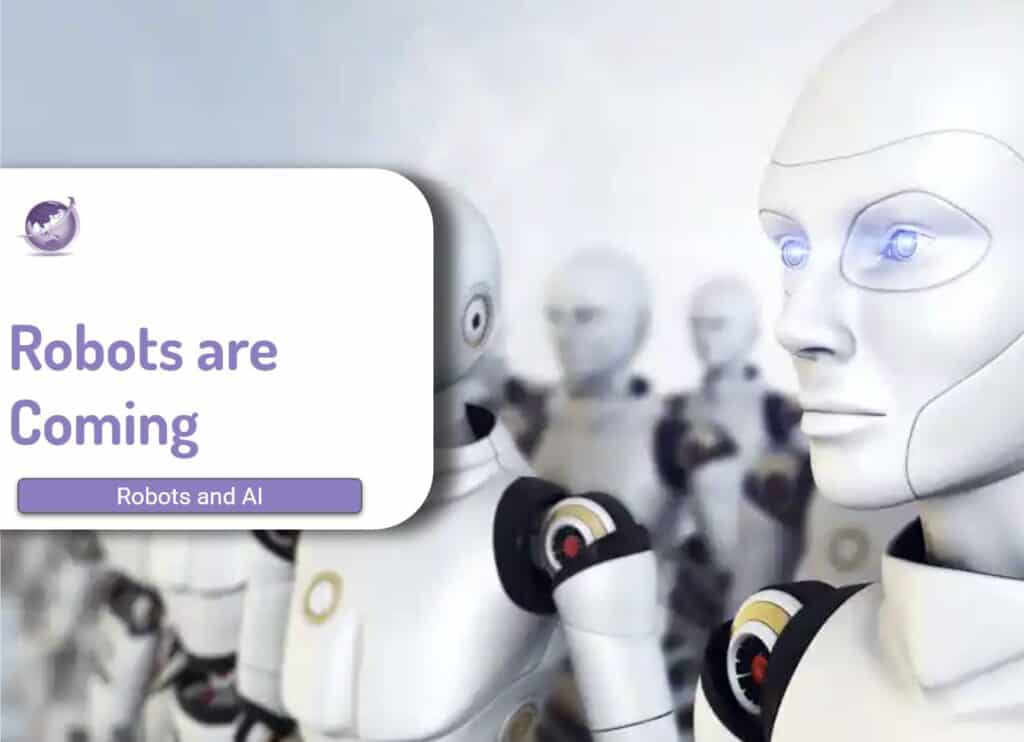Nitrogen fertilizer replaced by AI and bacteria techniques? Is this possible? Nitrogen fertilizer constitutes about 2% of global emissions. Fossil methane gas with the Haber-Bosch manufacturing process creates CO2 emissions. Subsequent application, volatilisation and waste creates even more emissions. The topic came up in a seemingly aside on Podcast #171 of Eye on Ai by Craig Smith, interviewing Anna Marie Wagner, head of AI from Ginkgo Bioworks. Wagner discussed an existing project using their AI design process. The challenge the customer set them? How to create a bacterium or process, that can live inside corn or wheat, and convert nitrogen from the air into nitrogen nutrient the plant can use for growth.
Ginkgo Bioworks has a project with Bayer (from 2022) that uses their AI designer process to create the nitrogen nutrient within the plant. Hellriegel and Wilfarth discovered the nitrogen-fixing process for legumes in 1886. Biochemistry has sorted out the pathways. The task given to Ginkgo was to make a bacterium, or introduce the genetic and chemical pathway into an organism that can live in the plant and supply the nitrogen for growth. Their process was also investigating which of the multiple pathways to seed the process. Was the bacterium or organism a seed coating, an application delivered during crop growth, or some other delivery service?
Economic Impact of this Technology is Profound
The estimated global size of the nitrogenous fertilizer market is $166 billion in 2024. The growth is to $232 billion by 2030, is a CAGR of 5.7% during the forecast period (2024-2030). [1] Of the 5 billion ha of agricultural land, 1.874 billion hectares is croplands. This is ~12.6 percent of the global terrestrial area.
Could a new process disrupt both the existing conventional fossil fuel-powered fertilizer process, but also the new green process that is dependant on green hydrogen? Michael Barnard estimates 30 million tonnes of hydrogen is used in existing fertilizer [3]. His view is that precision agriculture and other technologies will reduce the amount of fertilizer. While he highlights Pivot Bio, which is looking to reduce waste in the soil, this process is to do it within the plant itself.
Pivot Bio has genetically engineered normal nitrogen fixing microbes in the soil to remove their off switch so that they keep working even in the presence of fertilizer, and brew them in what are basically beer vats. They were reducing ammonia fertilizer demand on a million acres of US corn by 25% a couple of years ago, and have a stretch goal of 100% for corn, wheat and rice by 2030.
Michael Barnard, Cleantechnica
Green Nitrogen Production
The existing process for nitrogen fertilizer relies on fossil fuels using the Haber-Bosch process as the primary method to produce ammonia from nitrogen and hydrogen. Ammonia produced, utilized mainly as fertilizers, is currently responsible for approximately 1.8% of carbon dioxide global emissions [2] (The Royal Society, 2020).
Fossil Fuel Process

Proposed H2 Green Solution
Conventional thinking is the only change for green nitrogenous fertilizer is to produce green hydrogen / green ammonia and use the existing Haber Bosch Process. Production of green hydrogen will add substantial cost to the manufacturing.

Captive to Large Companies
Many are very sceptical of large companies that protect patents and prevent theft of intellectual property. Can Bayer restrict the use of their plants or N-Fixing bacteria? Seems like that being captive to large fossil fuel powered n-fertilizer is very similar. Consumers / farmers will have the choice of artificial fertilizer, organic N fertiliser (often from reserves of Guano unsustainably mined) or other natural fertilizers.
More Reading and References
- Nitrogen market and share analysis https://www.mordorintelligence.com/industry-reports/nitrogenous-fertilizer-market
- Ammonia: zero-carbon fertiliser, fuel and energy store https://royalsociety.org/news-resources/projects/low-carbon-energy-programme/green-ammonia/
- Hydrogen Demand Is Going To Fall Even Faster In Updated 2100 Projection Michael Barnard 2023. https://cleantechnica.com/2023/10/23/hydrogen-demand-is-going-to-fall-even-faster-in-updated-2100-projection/
- CleanTech Talk 2/2: Pivot Bio’s Genetically Engineered Microbes Displace 20-25% Of Fertilizer Today, 100% By 2030 Michael Barnard 2020 Cleantechnica https://cleantechnica.com/2021/08/22/cleantech-talk-2-2-pivotbios-genetically-engineered-microbes-displace-20-25-of-fertilizer-today-100-by-2030/
- Bayer and Ginkgo Bioworks close deal creating Agricultural Biologicals Powerhouse 2022 https://www.bayer.com/media/en-us/bayer-and-ginkgo-bioworks-close-deal-creating-agricultural-biologicals-powerhouse/









